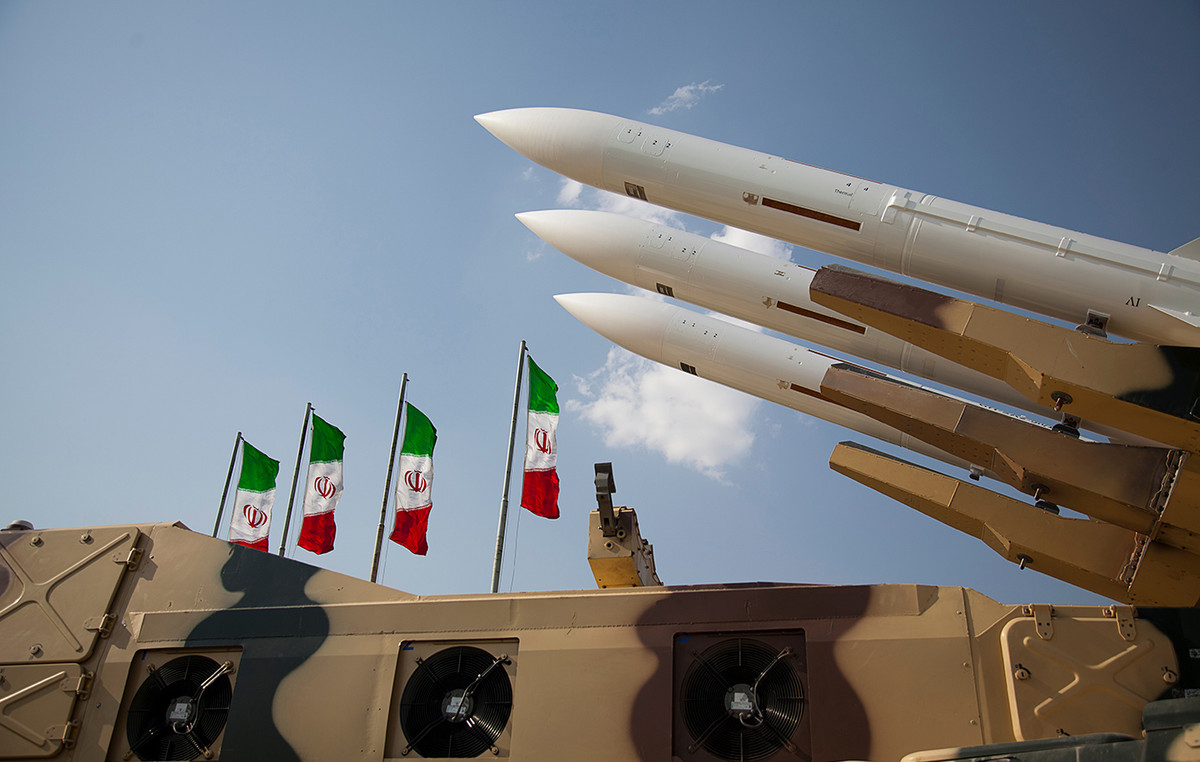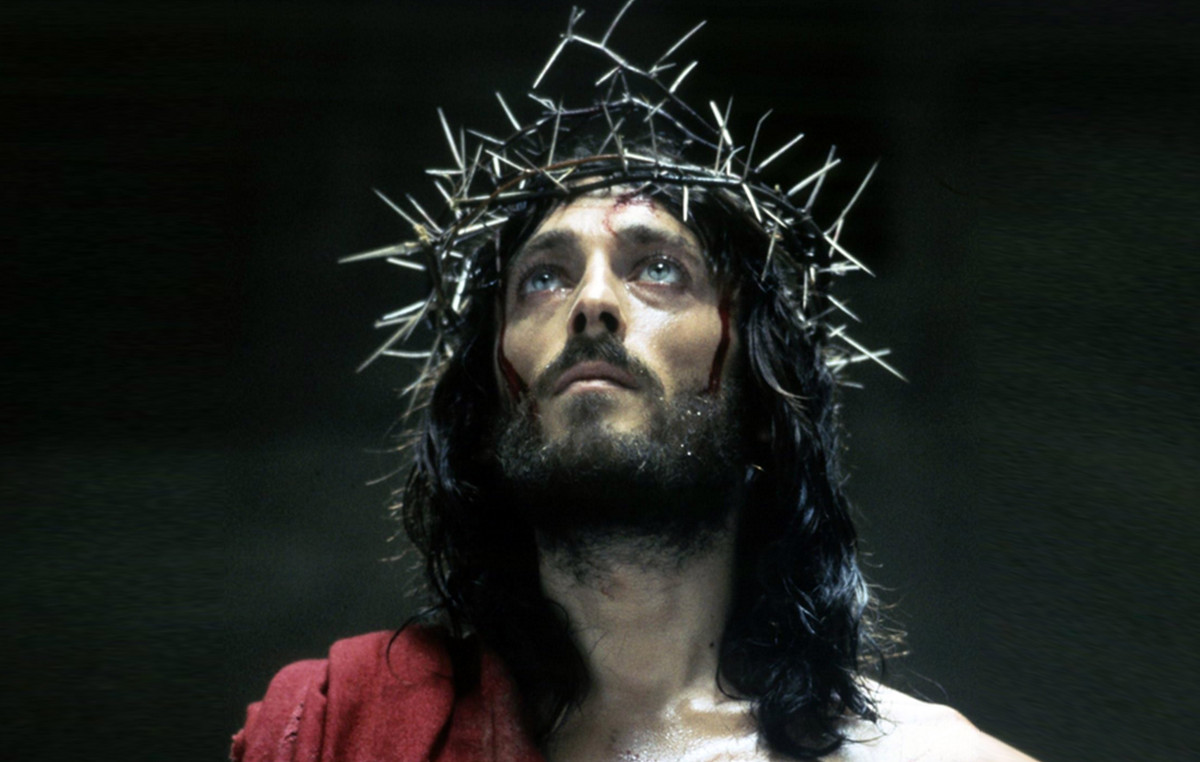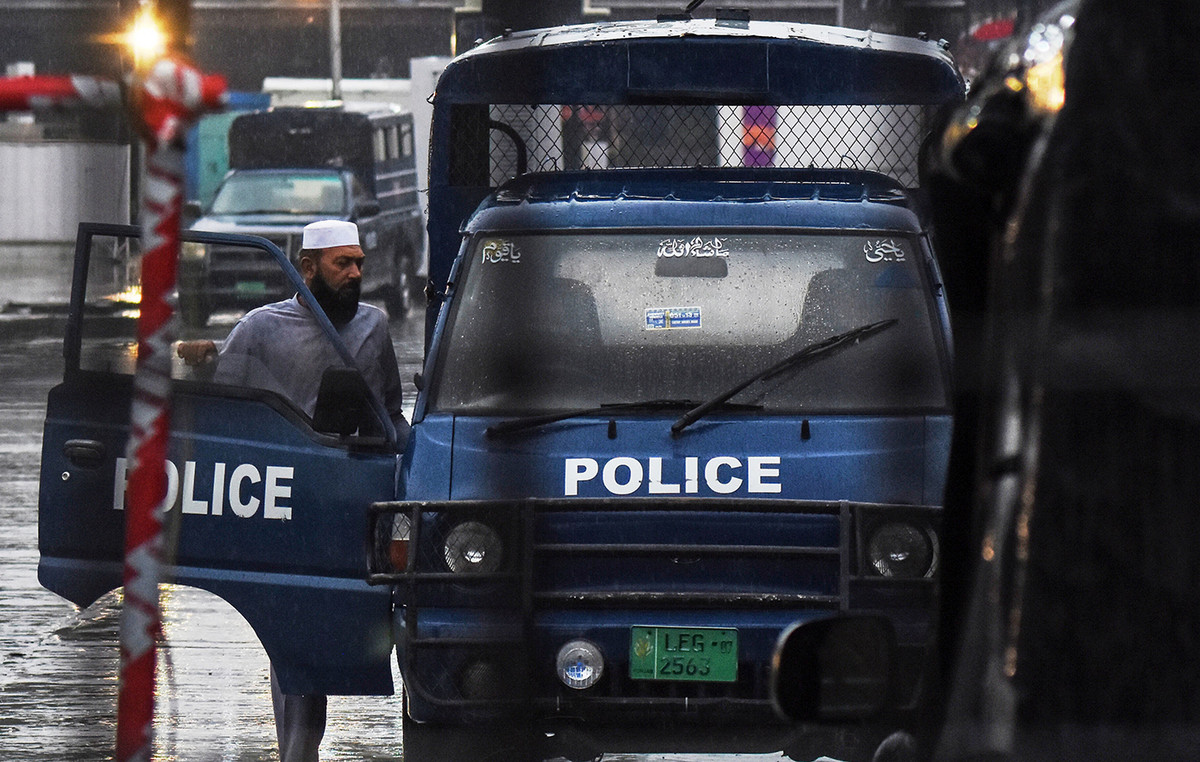Rescuers in Turkey pulled more people out of the rubble on Saturday, five days after the country’s most devastating earthquake since 1939, but hopes that more survivors will be found in Turkey and Syria are fading.
In Kahramanmaras, near the earthquake’s epicenter in southern Turkey, fewer rescue operations were visible among the crushed concrete mounds of collapsed houses and buildings, as more and more trucks made their way through the streets carrying away the rubble.
The death toll continued to grow — surpassing 25,250 in southern Turkey and northwestern Syria. Turkish President Tayyip Erdogan, faced with questions about the planning and timing of the response to the earthquake, acknowledged that the authorities should have reacted more quickly.
Erdogan vowed to start work rebuilding the cities “within weeks”, saying hundreds of thousands of buildings were now uninhabitable, while issuing stern warnings against anyone involved in theft in the quake zone.
In the Turkish city of Antakya, several residents and rescuers said they had seen looting.
In Syria’s northwest rebel enclave, which suffered the country’s worst damage from the earthquake but where relief efforts are hampered by a decade-long civil war, very little aid has poured in, despite Damascus’ pledge to improve access. .
In Antakya, body bags were strewn across city streets and residents wore masks to try to mask the stench of death. Ordinary people joined the rescue effort, working without official coordination, said a source who declined to be identified.
“There is chaos, rubble and bodies everywhere,” he said. A group of him worked through the night trying to reach a university professor who was calling them from within the rubble. But in the morning she stopped answering them, he said.
At one building in Kahramanmaras, rescue workers dug between concrete slabs to reach a five-year-old girl, lifting her onto a stretcher, wrapped in aluminum foil, and chanting “God is great”.
They said they believed two more survivors were clinging under the same pile of rubble.
But while several other people were rescued from the rubble on Saturday, including 13-year-old Arda Can Ovan, few rescue efforts now yield success. A woman rescued on Friday in Kirikhan, Turkey, died on Saturday in hospital.
The danger in such operations was evident in video filmed in Hatay, Turkey, showing a partially collapsed building suddenly slipping and burying a rescuer in an avalanche of debris before his colleagues could pull him out.
About 80,000 people were being treated in hospitals, while 1.05 million people displaced by the earthquakes were in temporary shelters, Turkish Vice President Fuat Oktay told reporters overnight.
Monday’s 7.8 magnitude earthquake, with several strong aftershocks in Turkey and Syria, is considered the world’s seventh deadliest natural disaster this century, approaching the 31,000 killed by an earthquake in neighboring Iran in 2003 .
With a death toll of 21,848 so far within Turkey, this is the country’s deadliest earthquake since 1939. More than 3,500 have died in Syria, where death counts have not been updated since Friday.
The Ministry of Foreign Affairs of Brazil said this Saturday that it will repatriate 17 Brazilian citizens and their families who were affected by the earthquake and who sought help from the embassy in Ankara. The return is scheduled for this Saturday, at Galeão Air Force Base, in Rio de Janeiro.
“The return to the country will take place aboard the KC-30 aircraft of the Brazilian Air Force, which took to Turkey, at dawn on Thursday, a multidisciplinary humanitarian mission organized by the federal government”, said the Itamaraty.
Source: CNN Brasil
Bruce Belcher is a seasoned author with over 5 years of experience in world news. He writes for online news websites and provides in-depth analysis on the world stock market. Bruce is known for his insightful perspectives and commitment to keeping the public informed.







